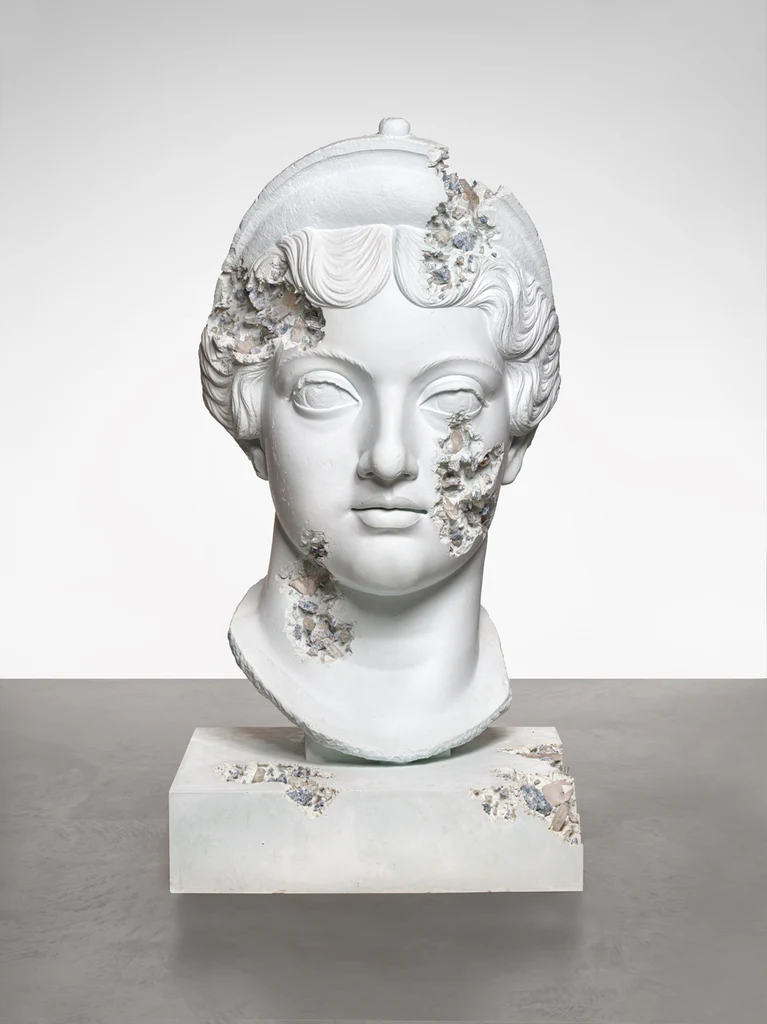
The Intersection of Philosophy and Art
In recent years, art has increasingly become a medium for exploring deep philosophical inquiries, and one movement leading this charge is speculative realism. Originating as a philosophical school of thought, speculative realism rejects anthropocentric perspectives and embraces a worldview where objects, ideas, and non-human entities possess autonomy beyond human perception. As this philosophy has gained traction, artists have begun incorporating its principles into their work, creating a genre of art that challenges conventional understandings of reality and fiction. In 2025, speculative realism is at the forefront of contemporary art trends, reshaping creativity in unprecedented ways.
This article will explore the significance of speculative realism in art, examine top-selling pieces and the artists driving this movement, compare it to other artistic movements, and discuss its rising popularity and future investment potential.
The Importance of Speculative Realism in Art
Speculative realism in art offers a fresh approach to storytelling and visual representation, expanding the boundaries of what is possible. This movement has gained importance for several reasons:
Deconstructing Human-Centric Narratives – Traditional art often revolves around human experience, but speculative realism challenges this by giving agency to objects, technology, and abstract forces.
Blurring Reality and Fiction – By dismantling rigid notions of reality, speculative realism allows for surreal and immersive experiences that provoke philosophical contemplation.
Technological Synergy – Many speculative realist artists leverage digital tools, AI, and 3D modeling to create hyperrealistic, yet otherworldly compositions.
New Investment Opportunities – As the movement gains momentum, collectors are taking notice of speculative realism, purchasing pieces that challenge artistic norms and expand intellectual discourse.
Top-Selling Speculative Realism Artworks and Market Trends
The market for speculative realism art has exploded in 2025, with collectors and galleries recognizing its commercial and conceptual value. Some of the most notable sales include:
Rashid Johnson’s “Synthetic Time” – A mixed-media installation that blends organic and mechanical elements to explore the independence of objects, sold for $230,000 at Art Basel.
Ellen Lupton’s “Perception Collapse” – A digital-physical hybrid piece that uses augmented reality (AR) to depict shifting realities, fetched $175,000 in a private sale.
Refik Anadol’s AI-Generated “Machine Memory” Series – This collection of immersive digital artworks, which uses machine learning to simulate alternate realities, saw pieces sell for between $300,000 and $500,000.
The Speculative Landscapes of Daniel Arsham – His “Fictional Archaeology” series, which envisions contemporary objects as future artifacts, reached auction prices of $120,000 per sculpture.
Leading Artists in the Speculative Realism Movement
Several artists have emerged as pioneers in bringing speculative realism into the mainstream art world. Some of the most influential names include:
Refik Anadol – Renowned for his AI-driven digital artworks that create new realities beyond human comprehension.
Hito Steyerl – A multimedia artist known for her critical explorations of digital culture and speculative futures.
Daniel Arsham – His sculptural works depict modern objects eroded as though they were ancient ruins, blurring time and materiality.
Rashid Johnson – Through mixed media, he explores the independence of inanimate objects in shaping human perception.
Sondra Perry – Using digital and video-based media, Perry dissects racial and technological structures in speculative contexts.
These artists are redefining how we perceive reality, using speculative realism to highlight the autonomy of non-human forces and question the fabric of existence.
Comparing Speculative Realism to Other Artistic Movements
Speculative realism stands apart from traditional and contemporary movements in distinct ways:
Surrealism vs. Speculative Realism – While both challenge reality, surrealism is often psychological and dreamlike, whereas speculative realism is philosophical and object-oriented.
Futurism vs. Speculative Realism – Futurism envisions human progress, whereas speculative realism de-centers humanity altogether, focusing on the agency of objects and environments.
Conceptual Art vs. Speculative Realism – Conceptual art prioritizes ideas over form, while speculative realism engages in material, digital, and tangible expressions of post-human thought.
The Growing Popularity and Future of Speculative Realism
Several factors indicate that speculative realism will continue to thrive in the coming years:
Integration with Emerging Technologies – AI, VR, and blockchain art markets are accelerating speculative realism’s reach.
Philosophical Curiosity in Society – As society grapples with AI, climate change, and new existential concerns, speculative realism provides a visual language to explore these uncertainties.
Increasing Collector Interest – More institutions and private collectors are investing in speculative realism, driving up market value and demand.
New Platforms for Digital Art – The rise of metaverse exhibitions and NFT platforms allows speculative realism artists to reach wider audiences.
As speculative realism continues to push artistic boundaries, its artworks are expected to increase in both influence and monetary value, making them prime investment opportunities for collectors and galleries.
The Future of Art Beyond Human Perception
Speculative realism is not just an art trend; it represents a fundamental shift in how we understand artistic agency, reality, and imagination. By dissolving human-centric narratives and embracing object-oriented perspectives, this movement challenges traditional aesthetics and philosophical assumptions. With its growing market appeal, cutting-edge technological integration, and deep intellectual roots, speculative realism is poised to redefine contemporary art in 2025 and beyond.
The art piece used in this post is called “BLUE CALCITE ERODED HEAD OF LUCILLE” by Daniel Arsham
For Inquiries and Exclusive Promotions:
Explore our curated offerings at Artists Breath.
Discover Our Exquisite Collection:
Immerse yourself in our distinguished selection of fine art at Artists Breath Collection.
Connect with Our Artists and Gallery:
For personalized assistance or to engage with our talented artists, please reach out at info@artistsbreath.com.
Stay Informed with Our Insights:
Subscribe to our Substack for the latest in art and culture at Artists Breath Substack.